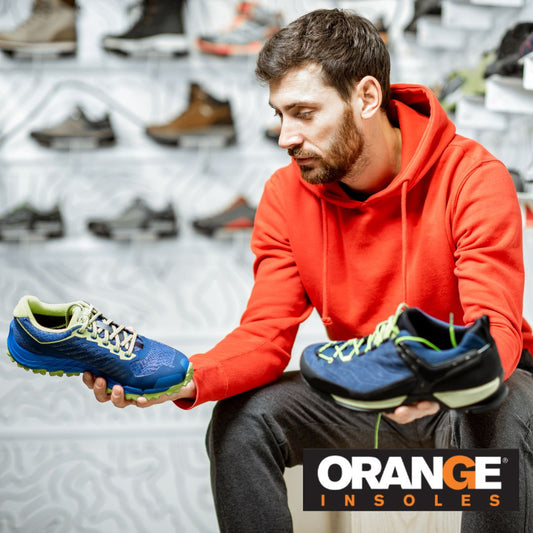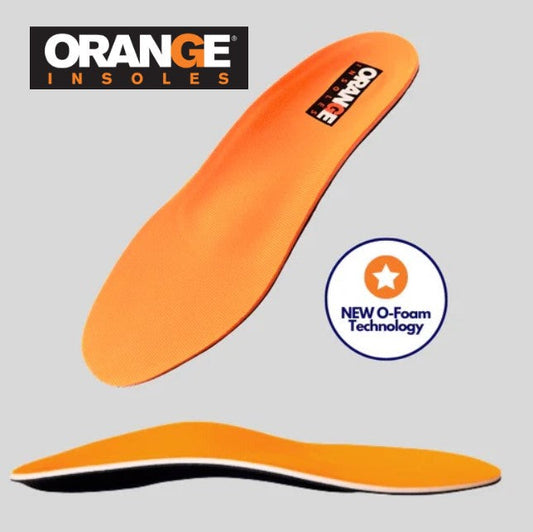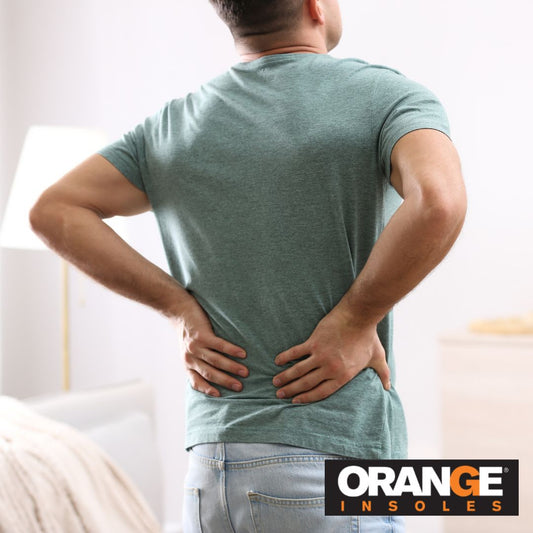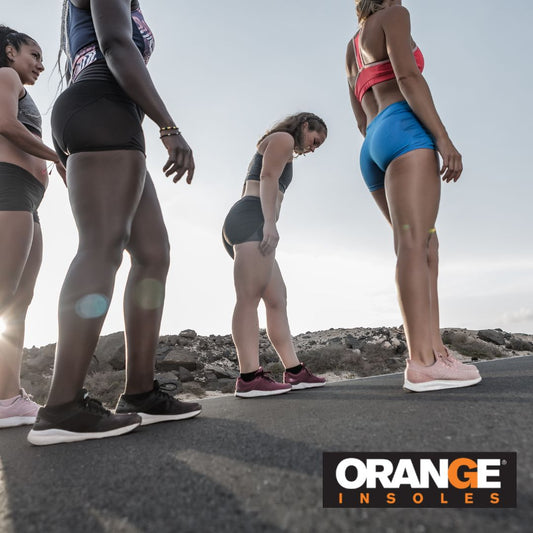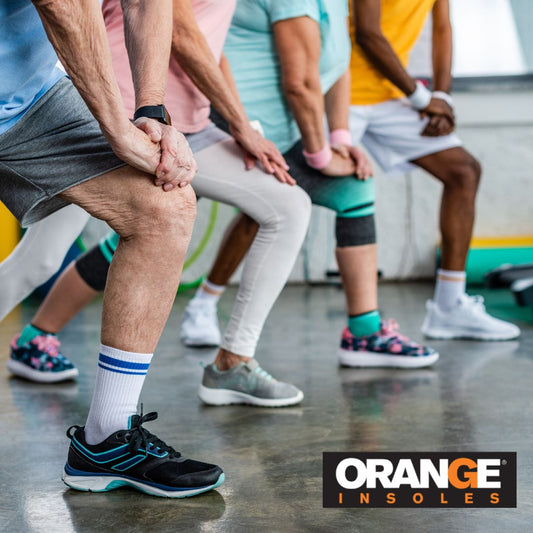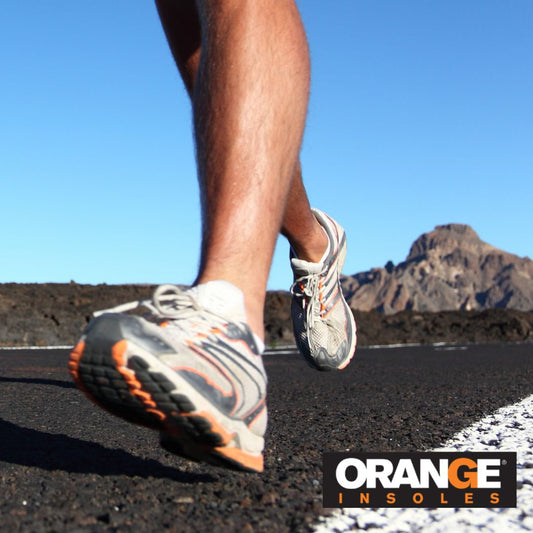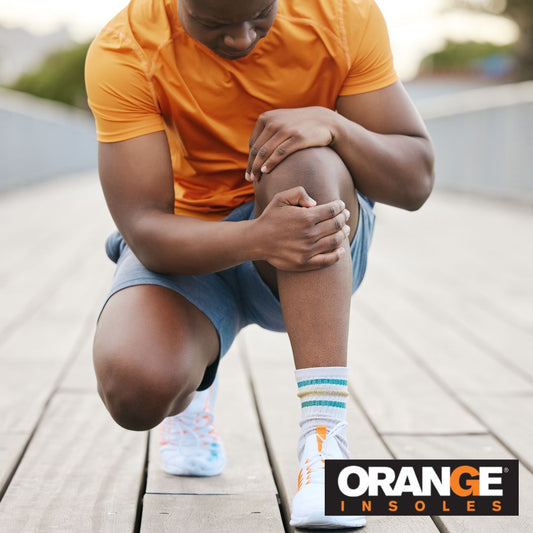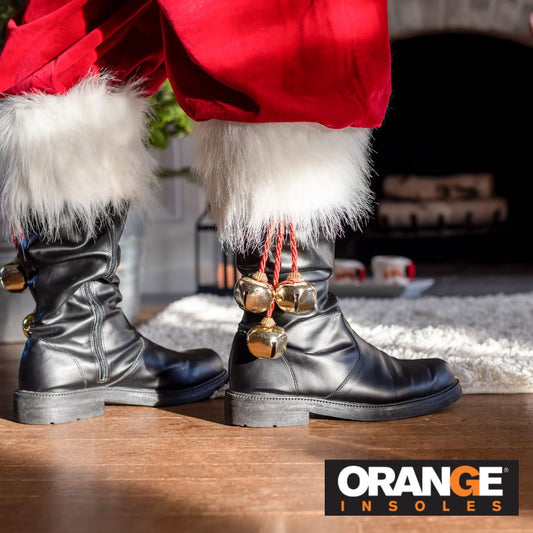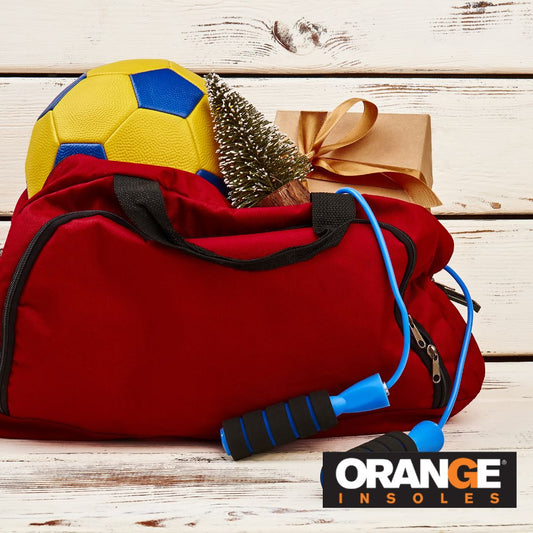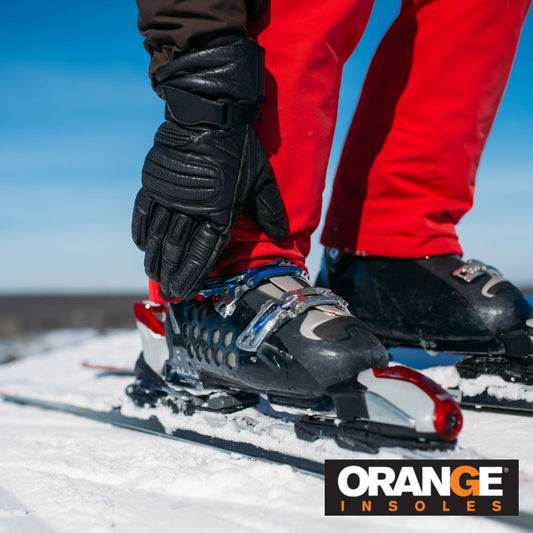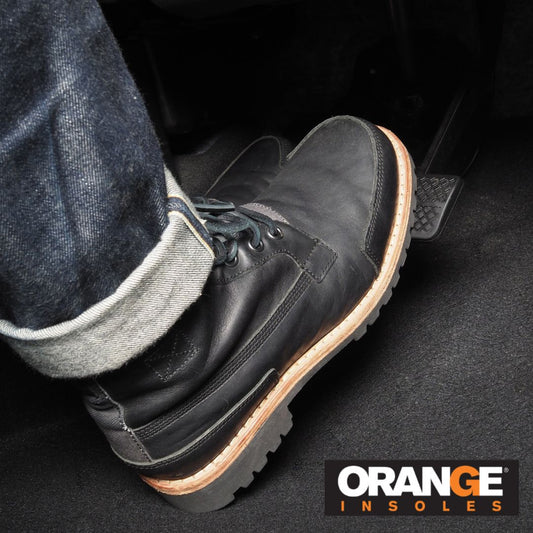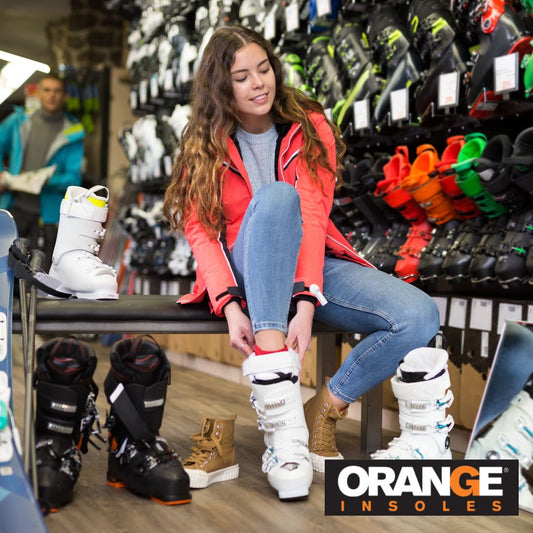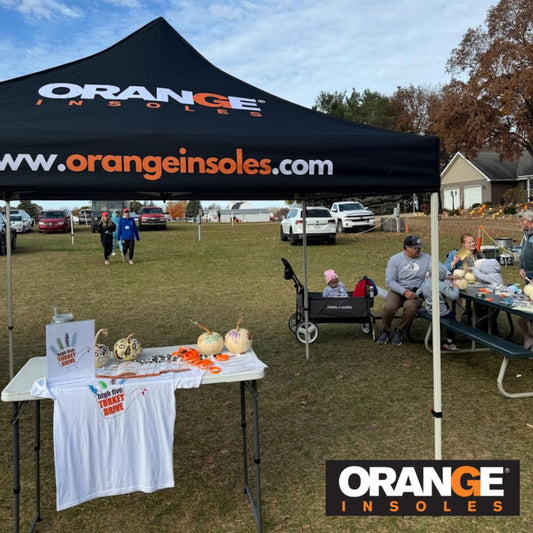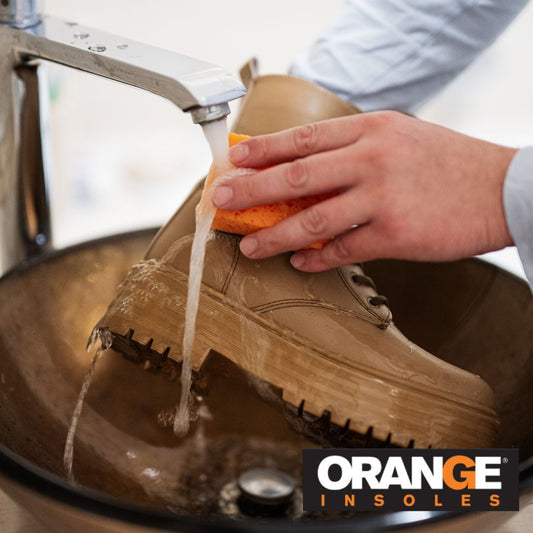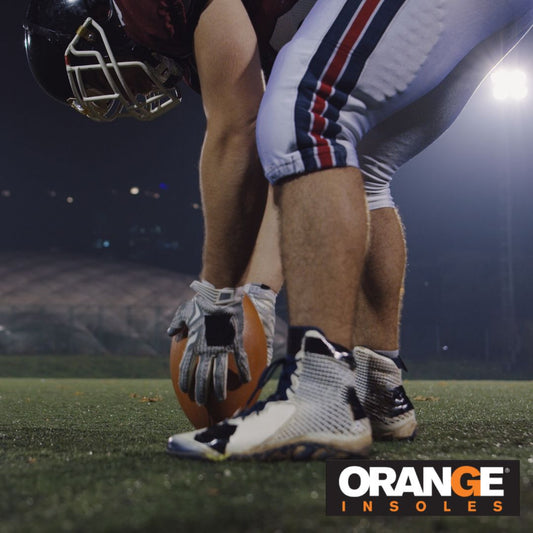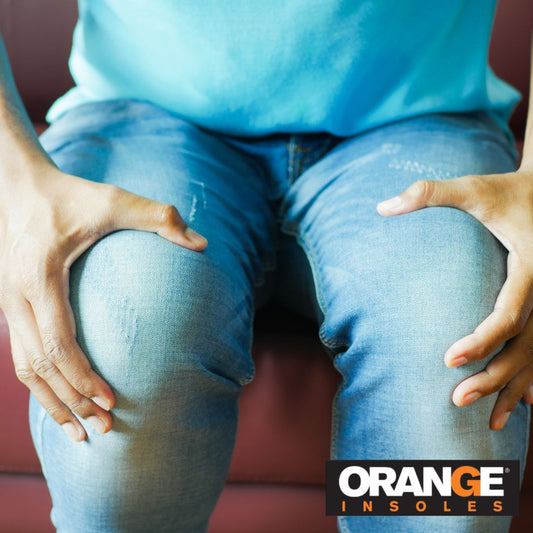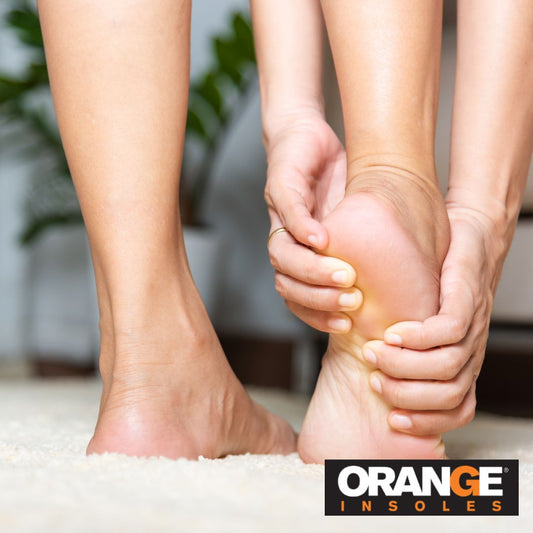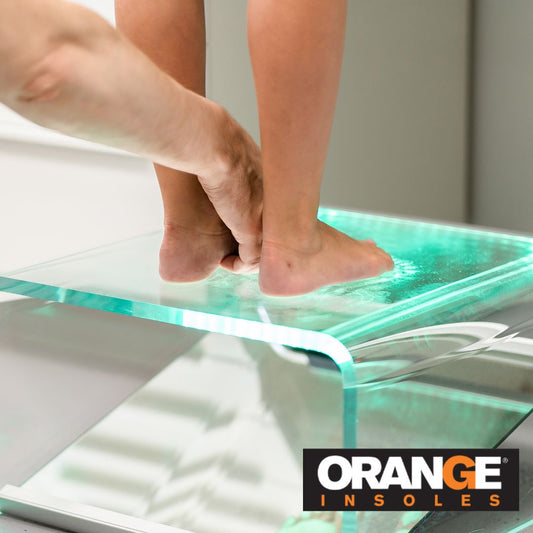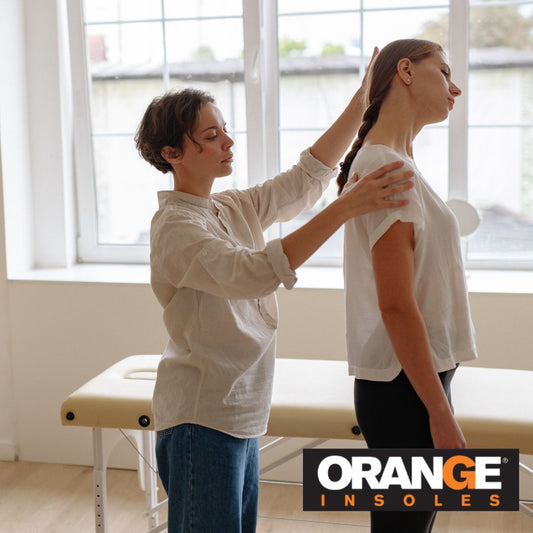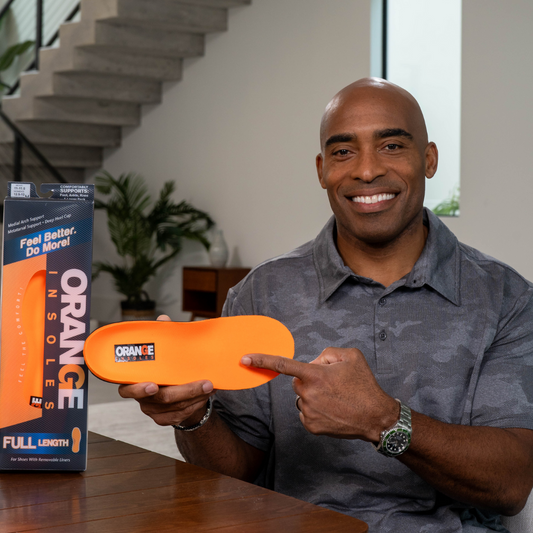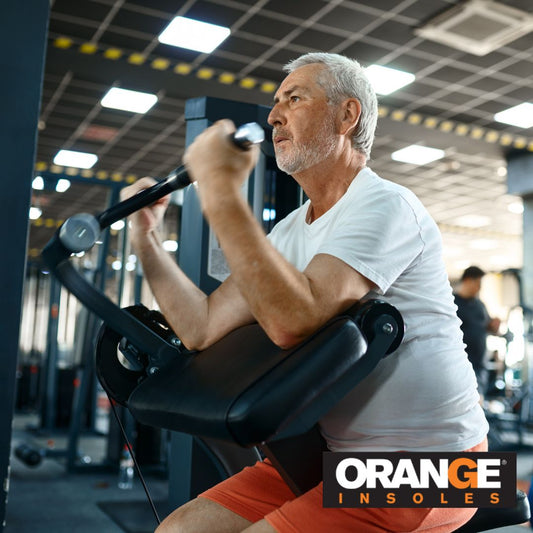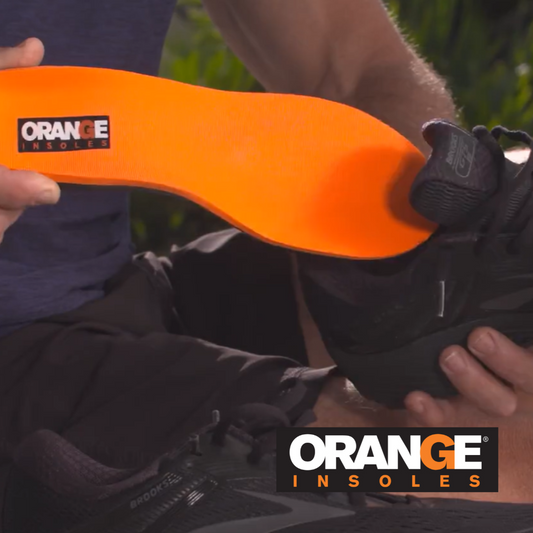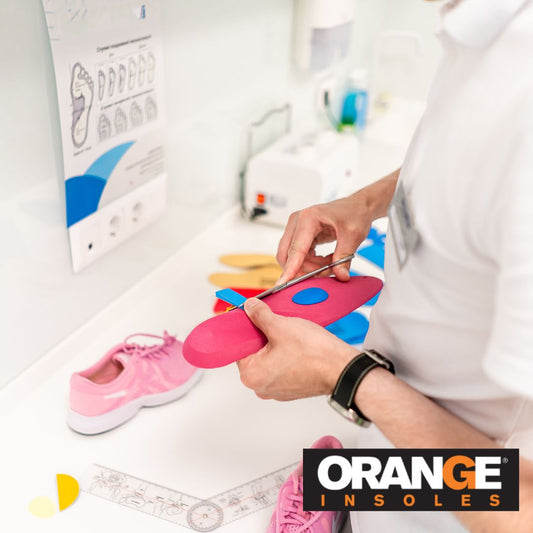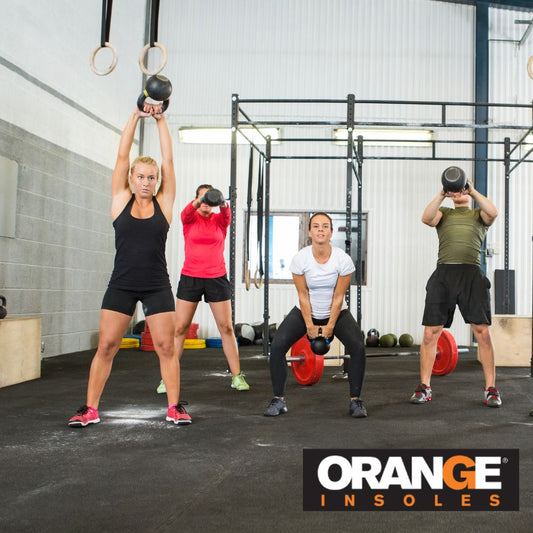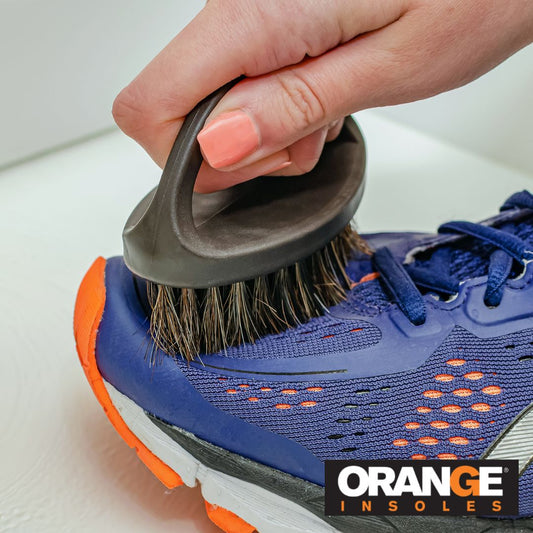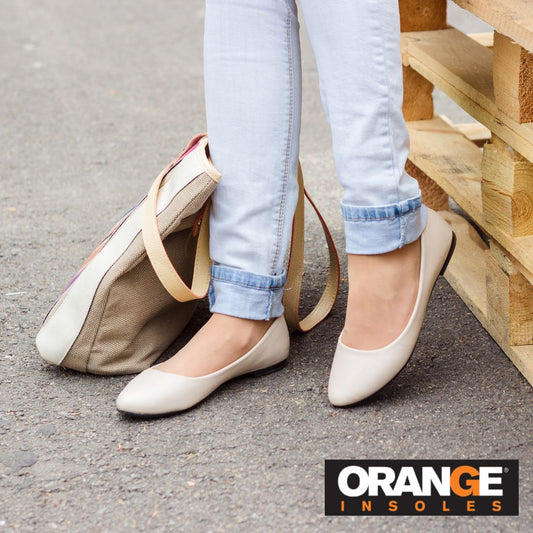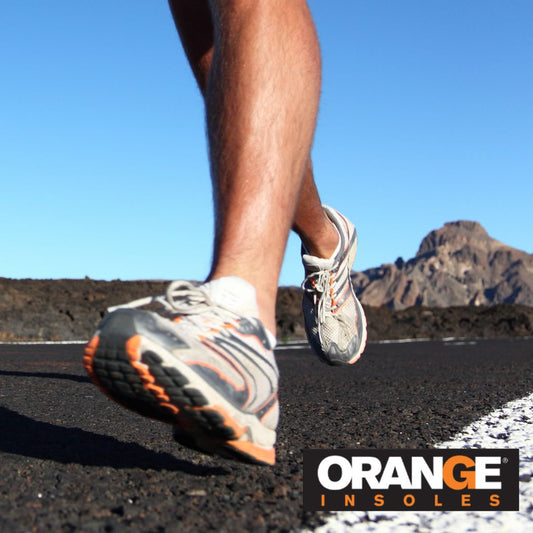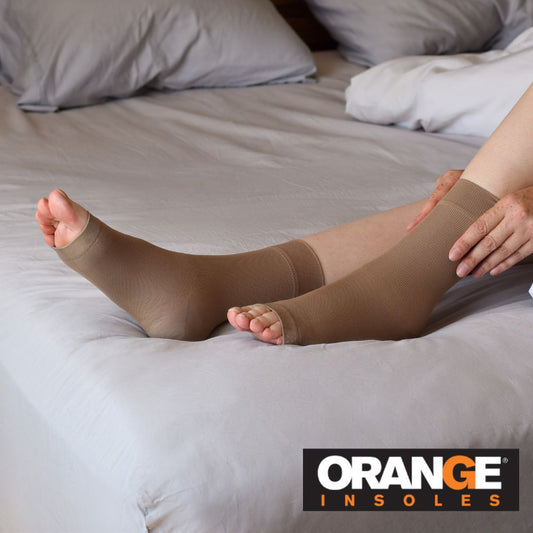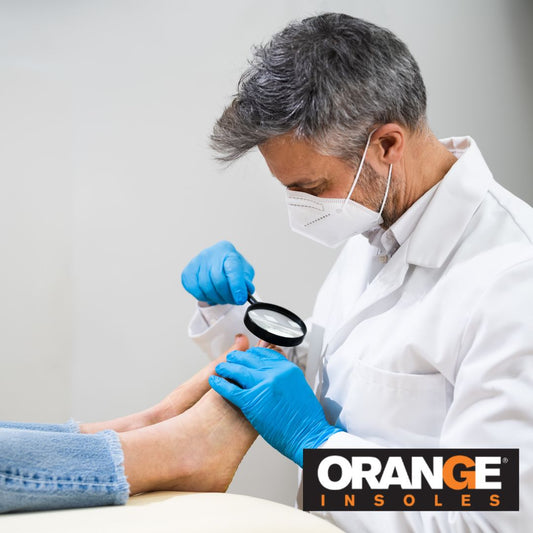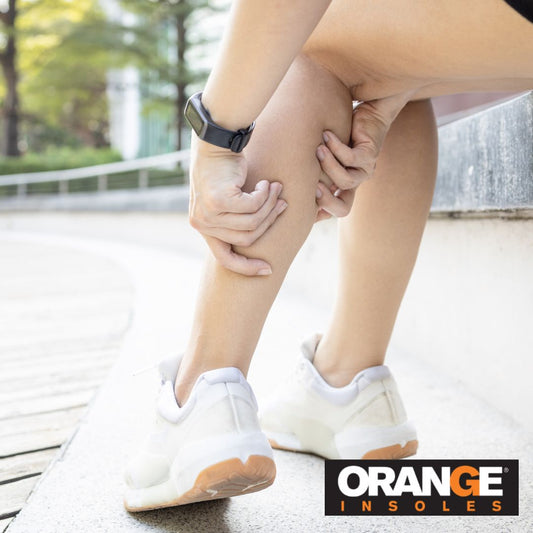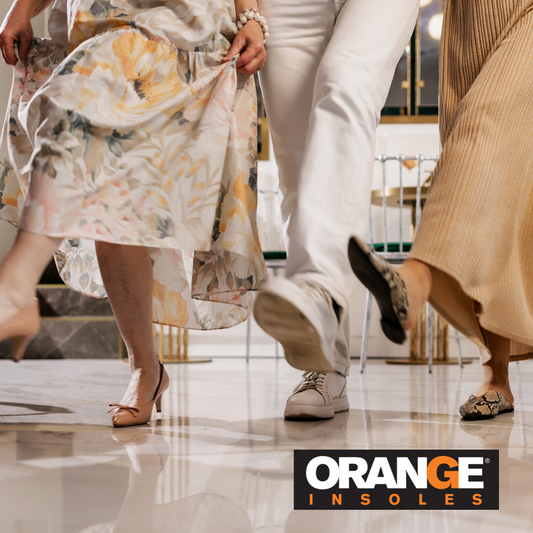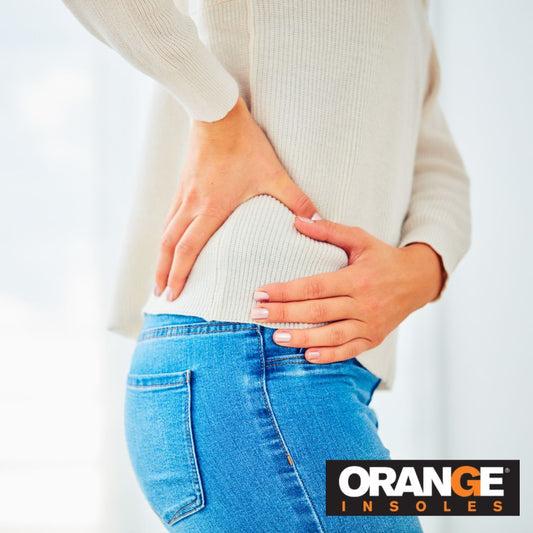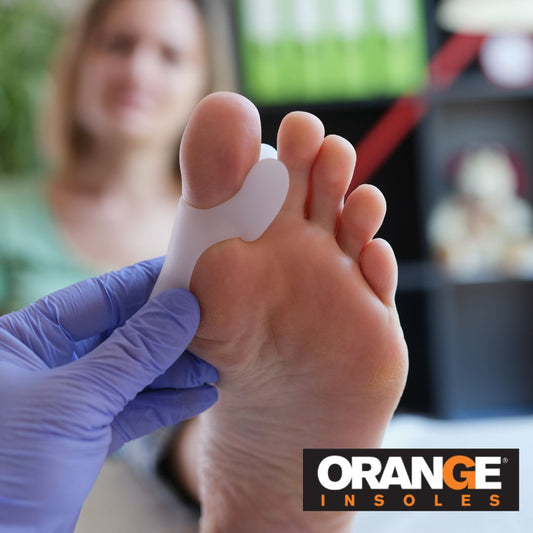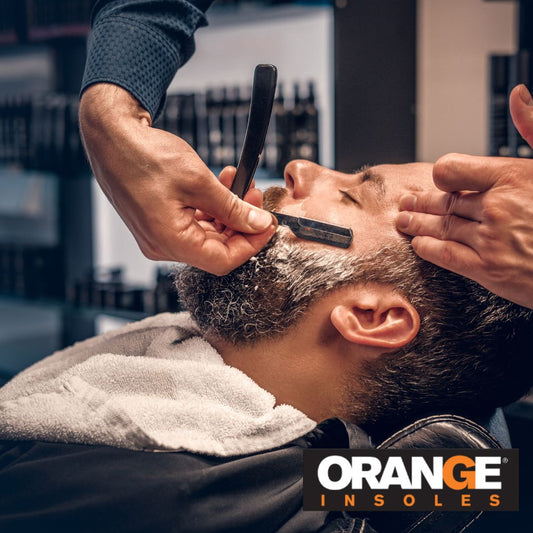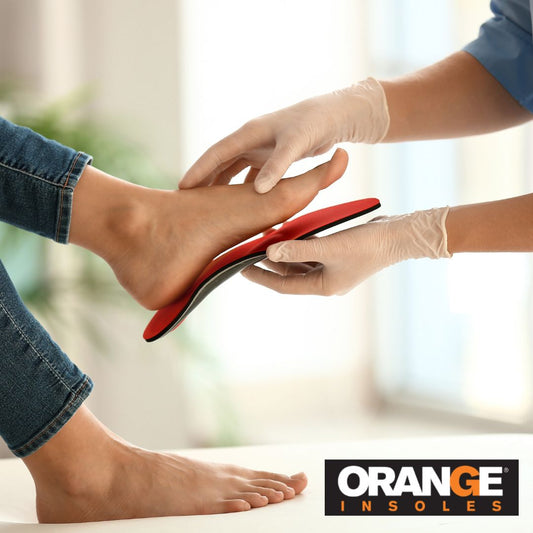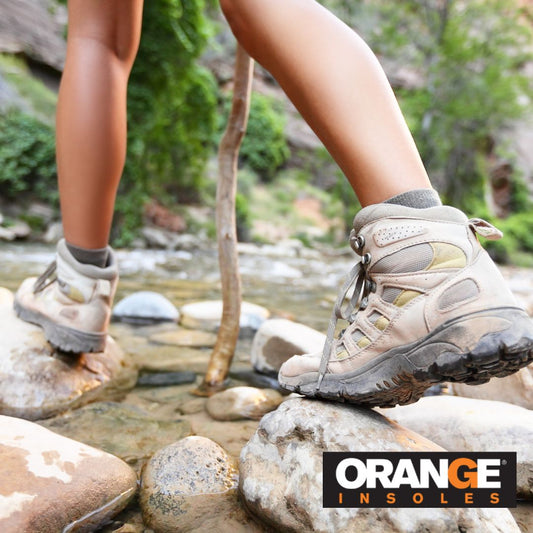If you have back pain or other pain throughout the body, especially after walking or running, you probably know (or have been told by a doctor, chiropractor, or coach) that you need to watch your form and alignment. Alignment refers to how the head, shoulders, spine, hips, knees, and ankles relate and line up with each other.
But you might need to look a little further down before trying to correct your alignment…all the way down to your shoes. The right, or wrong, shoes can impact our alignment in different ways. Whether we’re running, working, or just hanging out, the support (or lack thereof) you get from your shoes, can impact your alignment.
How Do My Shoes Impact My Alignment?
Your feet support the weight of your whole body and absorb any shock you generate when walking or running. That’s a lot of responsibility. To help your feet support you, you need to support your feet. Without the right support from your shoe, you might put too much pressure on one section of your foot which can lead to spine misalignment leading to back pain, stiffness, neck pain, muscle tension, and more.
According to Dr Elijah Davis, a podiatrist with Mosaic Life Care: “People don’t realize that your feet are your foundation. If your feet are out of alignment, your body has to compensate. Your ankle has to tweak a little. Your knee has to tweak, your hips, your back. When you are active, these little misalignments will lead to issues later on.”
Heels, Flats, Flip Flops
The truth is, the lighter the shoe, the less support it offers. Our favorite summer shoes are the worst offenders when it comes to support.
Heels, flats, and flip flops have little to no arch support but high heels can actually change our posture. They place extra pressure on the front part of the foot, causing the lower back to move forward and messing with the natural curve of the spine. Wearing high heels frequently puts extra weight on the discs between the vertebrae. Your knees have to work harder to keep your body balanced in a new and unfamiliar position.
Flats and flip flops aren’t any better. With no support at the ankle, those who are prone to overpronation won’t have help from their shoe to fix the issue and their feet will continue to roll inward while walking, pulling on the knee and adding extra torque that pulls all the way up to the hip.
With no support, your gait, the way you walk, can completely change and if you’re not walking correctly, you’re going to find yourself out of alignment very quickly.
If you need to wear any of these shoes, you can always add an Orange Light to provide a well-defined midsole and a high contour to help support the arch.
Athletic Shoes and Alignment
If your feet are absorbing shock just going about your business, imagine what they go through if you’re walking, running, or playing a high impact sport. Athletic shoes are better for your alignment than the shoes mentioned above but there are some things to consider. The wider base of running shoes means that weight is evenly distributed across the foot, through the arches, toes, heel, and metatarsal pad. But there are a lot of different types of running or athletic shoes so you need to consider your activity, how you walk, and any pain you might experience from activities.
When looking at running or athletic shoes, make sure you get a shoe that will help keep you in alignment.
Poor alignment when running can lead to:
- Back pain
- Knee damage
- Ankle injuries
- Pulled muscles
- Lower back pain
One of the most common alignment problems for runners is overpronation and the best fix for this is arch support. Athletic or running shoes with good arch support can help prevent shin splints, plantar fasciitis, Achilles tendinitis, and more. You also want a shoe with a wide base which will provide a good platform for your entire foot to rest on. A neutral (single density) midsole that is full under the arch will help support your feet without extra bulk and weight.
Best Shoes for Alignment
So what shoes should you wear to stay aligned and pain-free?
A wide outsole: the wider the outsole, the better the support
A supportive midsole. The midsole also impacts your balance and support. But where the outsole is about gripping the ground and providing balance, the midsole is about how the shoe contours to your foot.
A snug yet comfortable upper (the part that wraps over the top of the foot and holds it in place).
Also look for:
- Low heels
- Have some cushion (but remember, more cushion isn’t always better)
- Some wiggle room (try on shoes when your feet are the biggest)
And don’t forget, you can always add an insole to your shoe to help support or begin to fix your alignment. Orange insoles come in varying sizes to fit your favorite shoe and give you the support you need to stay aligned and pain-free.







